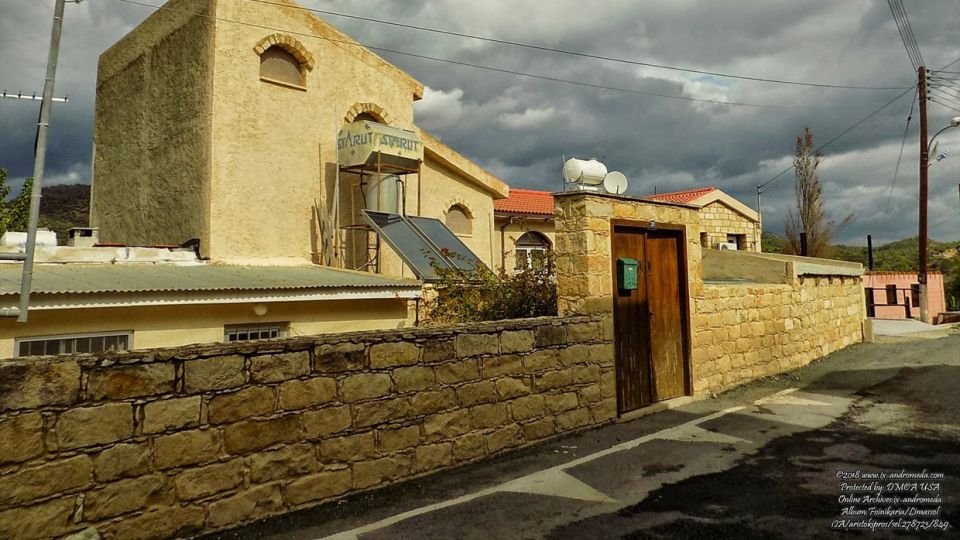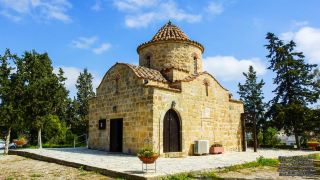In the year 1300 B.C. the ships of the unwanted in their homelands, Achaeans, anchored on the coast of Cyprus. They were heroes and besiegers of Troy but unwelcome in their homeland after 10 years of absence.
Among them was the son of Hercules, Amathos. The ship that carried him, dropped anchor at the mouth of the river now called "Amathos." On top of a hill dominating the sea that lay south and the plain stretching to the west and the wild and rugged area that extended to the east, they built their Kingdom. The hills that surrounded it were consisted of sand, so they called it "Amathus".
Very soon, the kingdom of Amathus grew and became very rich. Gold and copper flowed like rivers to the coffers of the city - state. The ships from neighboring countries, mainly from Phoenicia shuttled transporting goods to and from the Kingdom.
Not many years went by for the city to be inhabited mainly by Phoenicians. This marked the end of the Kingdom. The kings of Amathus, always had a hostile behaviour toward other kingdoms of Cyprus, therefore they marched against them and destroyed them. The Phoenician inhabitants of Amathus, were hunted, and they went forward into the island, to an area crossed by the river Amathos, where they built their villages. The called them "Foinikaria".
They built two settlements on the peak of a very tall hill. This hill had a sort of "crown" of tall perpendicular rocks, which rendered it an impregnable fortress. The two villages were condemned to be covered in flames in a few years. Huge fire started from the bed of Amathos, very quickly encircled the hill, thus wiping out villages and a large number of inhabitants.
The ones who survived, came down from the top to a place that was difficult to be detected by their enemies, and built their new village. They called it "Foinikaria".
Even today, if you do not know the village, it is very difficult to spot. It is located in a "corner", of a very beautiful valley created by the tributary of Amathos. North, east and south there are towering mountains covered with pine trees, "covering" the houses of the village. The only passage is a narrow strip of land going through the riverbed.
When passing over the dyke of the dam of Germasogeia after going uphill for a short distance, you will find yourself in a place taken from an ancient tale. The dam lake with its ramifications through the valleys of small tributaries of Amathos, creates images really unrealistic for the conditions of Cyprus.
Most houses are built of stone and look like fortresses, since the very high surrounding walls only leave a single entrance in them. In addition, there are towering walls without large windows, only small holes simply to let light in.
In the village center, there is a church dedicated to the Virgin Mary Chryseleoussa. It is built in the early 18th century and today it is the main church of Foinikaria.
Southeast of the village, there is a community park, which includes a small children's park, an amphitheater, a theater stage and a cafeteria.
If you visit the village, walk the steep streets to admire the traditional Cypriot architecture and talk with people. Their kindness and hospitality will surprise you. If you get tired, in the cafeteria of the community park you will find traditional meals, drinks and snacks as well as unique for its kind, the Cypriot Resi (a traditional dish of Cyprus consisted of meat).




